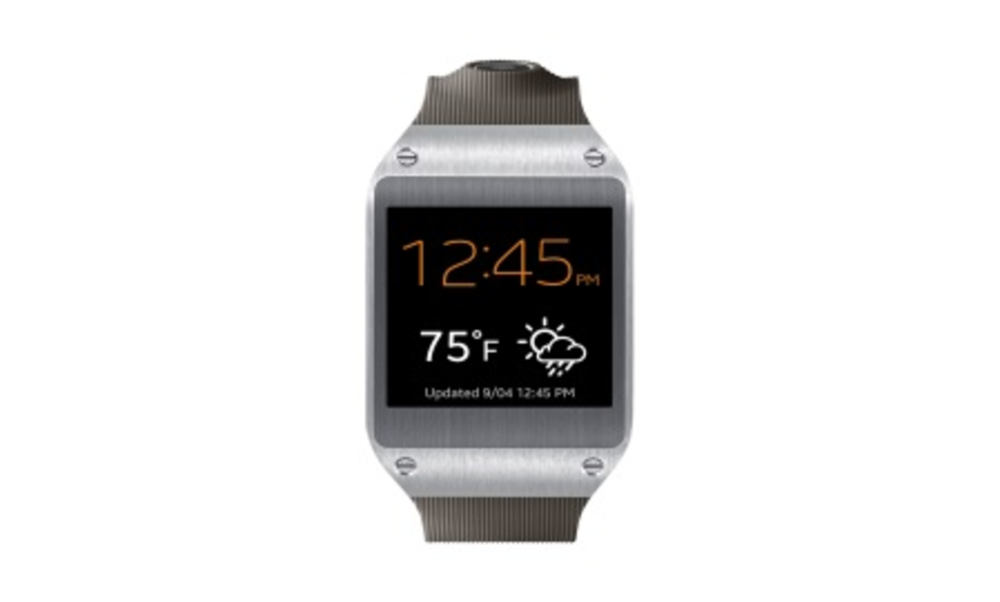In a tongue-in-cheek accounting of what the estimated 150,000 attendees of the recently concluded 2014 Consumer Electronics Show (CES) in Las Vegas were doing at any given point in time, The Atlantic writer Megan Garber reported “1,573 are in a hallway in The Venetian, trying on ‘wearables,’ and 875 are stuck on an unnumbered mezzanine in The Venetian, trying to find the hallway with all the wearables.” Garber also reported that five attendees were dressed as kangaroos.
CES 2014 will not go down as the year of the kangaroo costume, but it will go down as the year of wearable technology. And the wearables were not restricted to Google Glass, Pebble watches and fitness trackers. The show had infant sleep monitors, golf glove sensors, pet trackers and scores of other wearable products on display.
The marketing potential of wearables in some ways follows the evolution of online advertising from contextual targeting to more sophisticated analysis. With contextual targeting, an advertiser could make an assumption that a person who visits the World Wildlife Fund website, for example, is interested in wildlife conservation, but it is ultimately an assumption based on online behavior rather than tangible insights into attitude, state of mind or motivation. The person could be visiting the site because he/she is completely opposed to a WWF policy or objective, rather than an advocate who could be activated to take a desired action.
Out of this need for advertisers to extend beyond demographics and past behavior, analytics firms such as Resonate Networks popped up. These platforms allow organizations to better understand motivations, values, attitudes and beliefs of individuals through “motivations-based targeting.” Now advertisers not only know that a target user visited a website, but understand what motivates them to be there.
Fast forward to wearable technology. Facebook, Foursquare, Twitter and other “check in” networks can tell marketers when an individual arrives at a restaurant, health club or pet store, but wearable technology will provide previously unattainable insights into a user’s mindset. Why are they there? Did they just run five miles before walking into a Starbucks? If so, pinging them about a discounted hot drink will probably not be as effective as a bottled water promotion.
Proactive outreach to individuals with wearable technology will not happen overnight. As Robert Scoble, startup liaison officer for Rackspace, recently suggested, phase one will be about activity tracking, whereby marketers absorb information about user behavior. From there, marketers will have a better sense of how and when to engage with wearable users in a way that is useful as opposed to intrusive.
Marketers understand that failure to drive desired customer action is often a failure of context. Is a marketing effort hitting the right person with the right message at the right time? Wearables offer the potential to provide more of that context, and in turn improve the effectiveness of marketing efforts.





